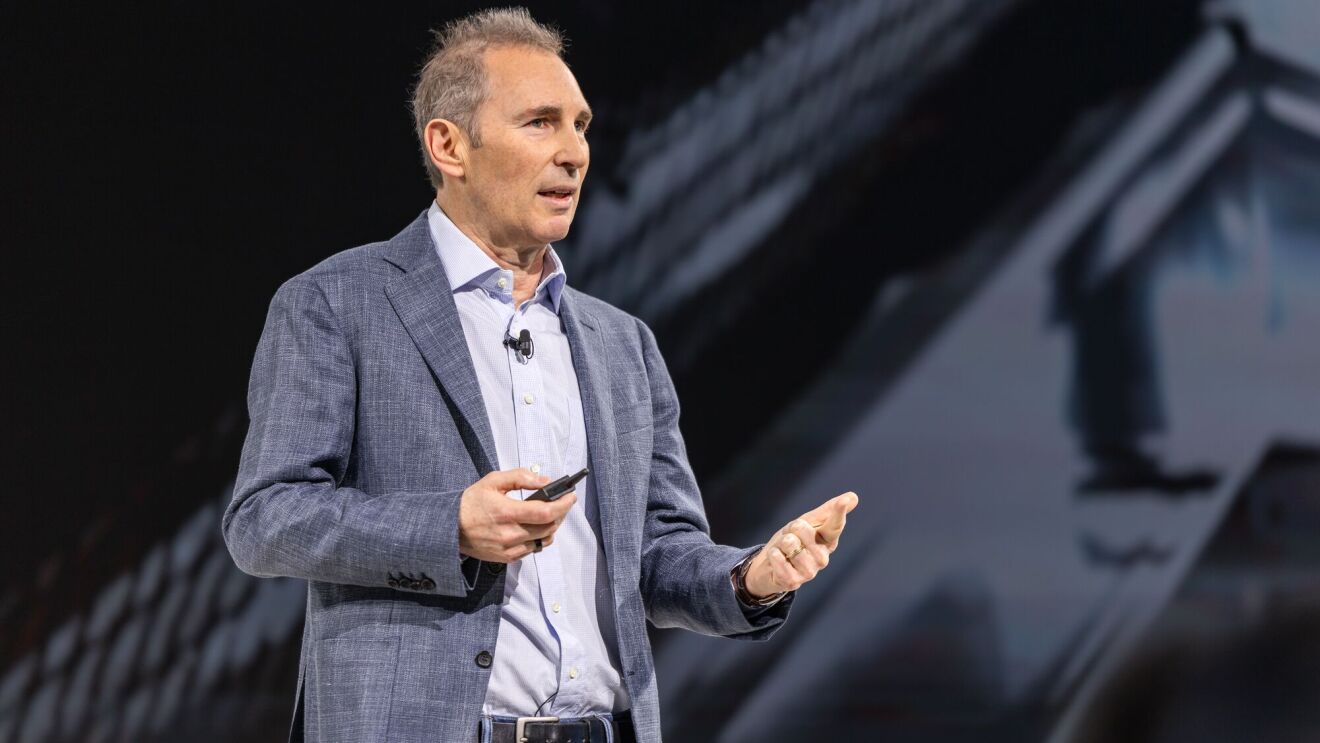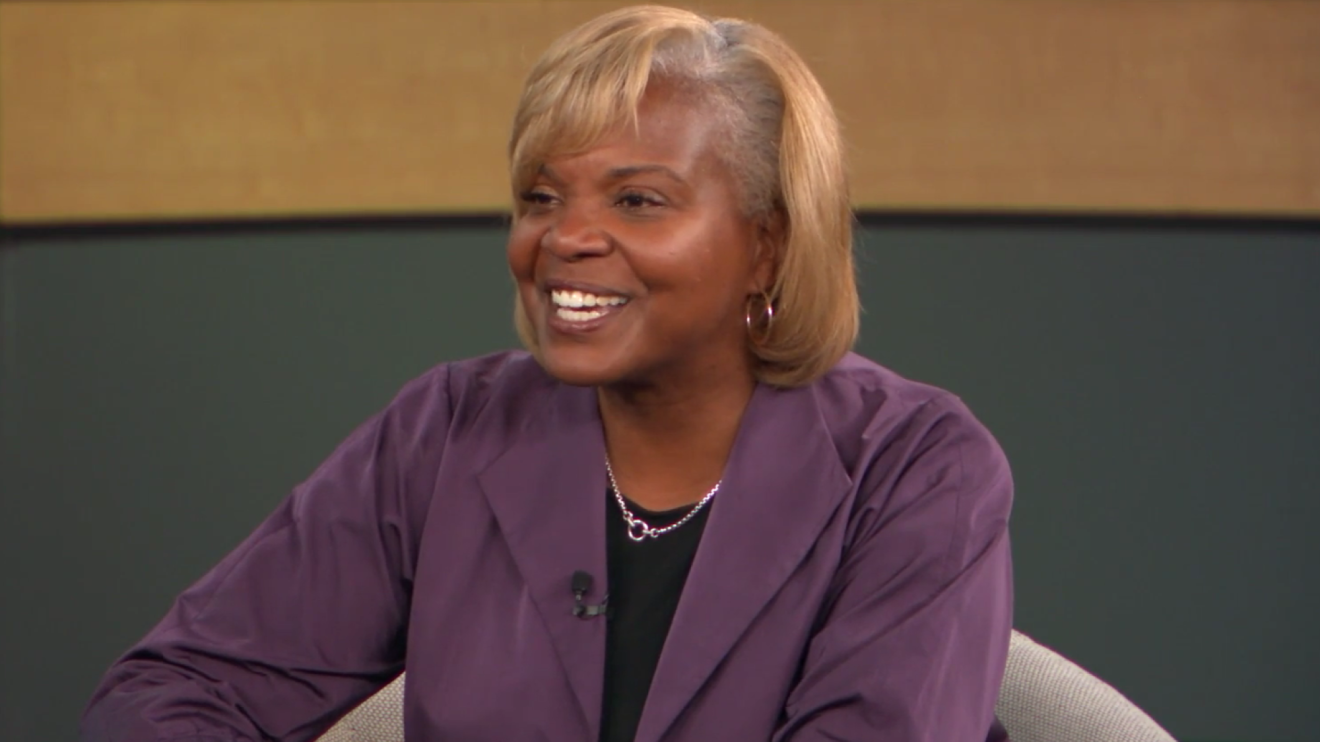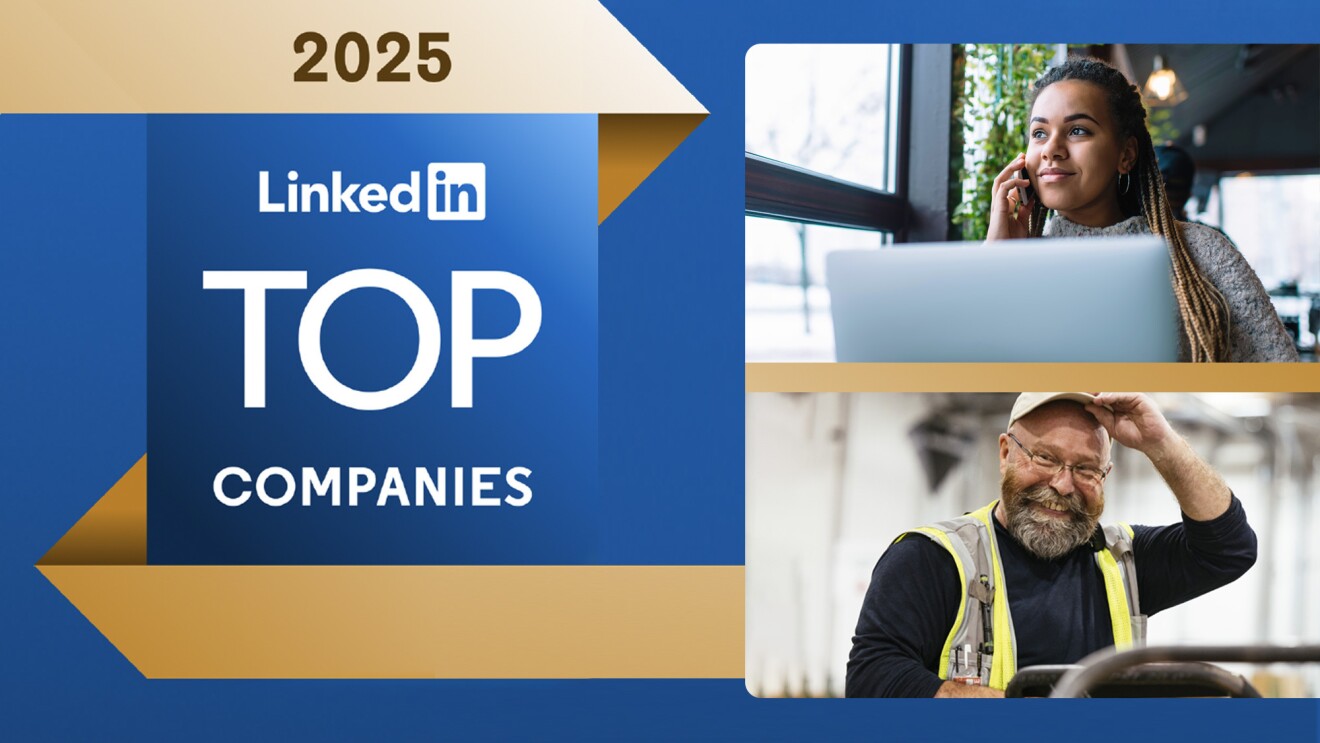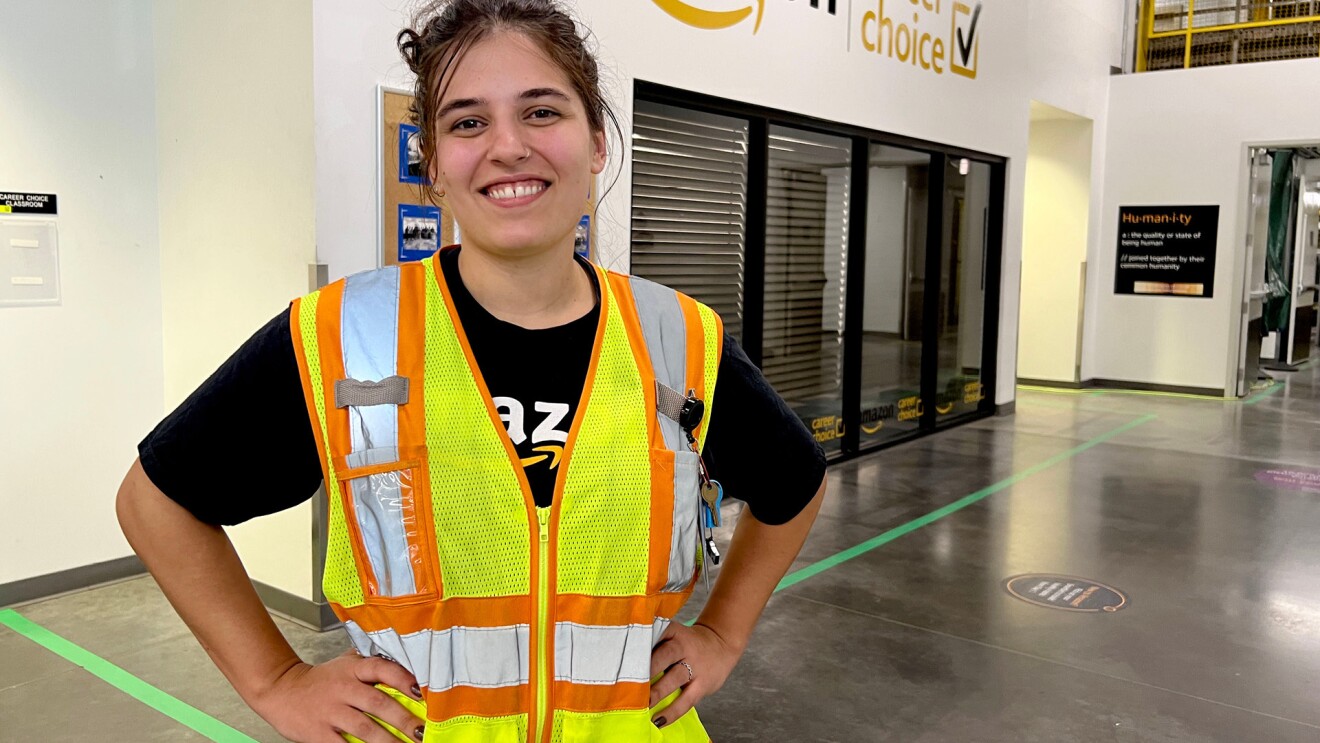Amazon is kicking off Global Accessibility Awareness Month (GAAM), its annual, internal accessibility event series focused on digital access and inclusion. Over the month of May, GAAM offers events to Amazon employees worldwide—including technical talks, hands-on training, videos, podcasts, and workshops—to help employees grow their accessibility knowledge and skills.
Charli Riggle is a senior program manager for Engineering Excellence, a program that supports accessibility education and outreach throughout Amazon, and she helped launch GAAM in 2016. As we mark GAAM’s five-year anniversary, we connected with Riggle to learn more about her start in accessibility, why she created GAAM, how GAAM has impacted Amazon’s approach to accessibility, and what accessibility means to her.
Q: Before we talk GAAM, we’d love to hear about your journey with accessibility. How did you get started?
That’s a story in and of itself. My first exposure and understanding of accessibility and disability came when I was a little girl. My neighbor invited my mother over for tea, and I came along. When I had about as much grown-up conversation as I could stand, my neighbor said I could go get some toys from the coat closet. I went, and at the back of the closet I found a leg—a full-sized human leg. I ran out to tell my neighbor that there was a leg in her closet, and she casually said it was her husband’s spare. I had no idea he had a prosthetic leg, and she treated it like it wasn’t a big deal. To me, as a young child, that made it interesting. My neighbor arranged for me to get a tour at the prosthetics vendor where her husband got his legs. I spoke with the people who made prosthetic arms and legs, saw racks of artificial limbs, and learned how they worked. It totally demystified it—people needed these and it was normal.
While that was my official introduction, I have since become a mother and have children with disabilities. As a teenager, I volunteered in a school for students with disabilities, but when I became a mother, I further understood the challenges they can face. I fought for my kids, and as part of that fight, I couldn’t help but think about the children who had the same needs as mine yet didn’t have someone who could do the research or had the time to support their children in the same way. I had privileges that not all parents have, and I wanted to make things better for everyone. I made a promise to myself then that I would find a way to make the world more accessible for everyone, not just my own kids. I never imagined I’d turn it into a career at Amazon.
Q: With that said, what does accessibility mean to you?
Accessibility means that nobody gets left out just because they have a disability. Fundamentally, it’s about inclusion. Having a disability can be isolating. I have a friend who is now a wheelchair user. She was a singer for her entire life in her village choir. She can’t participate in choir anymore because she can’t get there. The paths and the building are not accessible. She is now excluded from what has been a very important part of her life. When places, when processes, and when things aren’t accessible, people get left out.
Accessibility to me is about including everyone. It’s about making sure people can do the things they want to do, go the places they want to go, be with the people they want to be with, and share the joys and burdens of life with everyone else. Ideally, when we can make things accessible, a disabled person might do it a different way, but it doesn’t require more effort for them as it does for anyone else. That’s part of being inclusive. For people shopping on Amazon—when we’re delivering an accessible experience—it’s just as fast, and just as easy, for our disabled customers as it is for anyone. That’s the bar. That’s what it means to me, and that’s why I do what I do.
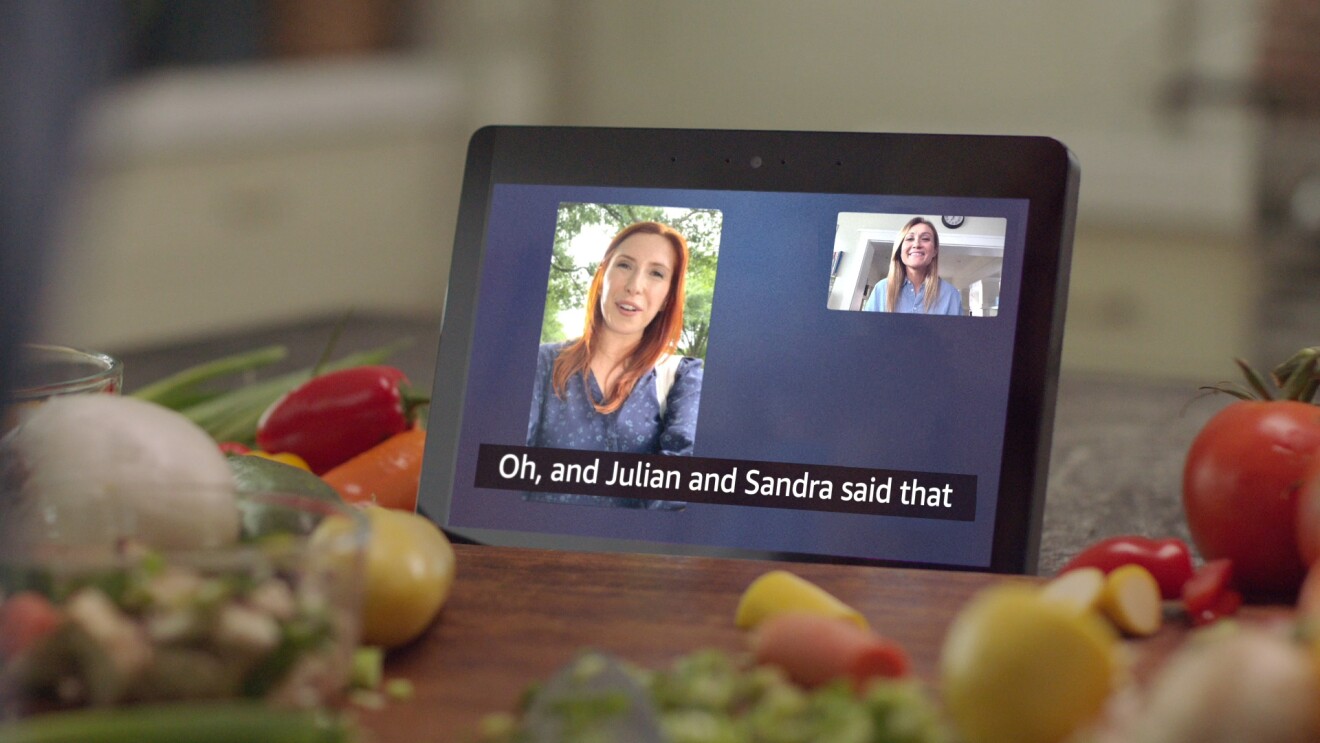
Q: You founded GAAM about four months after joining Amazon more than five years ago. Why did you help create GAAM?
I joined Amazon as a technical writer with the Retail Accessibility team. The expectation was that I would write training materials, documentation, and the like to help Amazon engineers create durably accessible experiences. As a writer, the first thing I want to do when I’m starting to work in a new place and with a new audience is understand what the audience already knows, what they need to know, and what they think they need to know—that all informs your documentation and training plans. I realized right away that documentation and training were not the place I needed to start; I needed to start with awareness. Universities too rarely include accessibility as part of the curriculum, so if you mentioned accessibility, they often thought you were talking about security, or availability, or uptime for your machine. They weren’t going to look for documentation about accessibility if they didn’t understand what it was.
While brainstorming with a teammate, I learned about Global Accessibility Awareness Day (GAAD), which is an annual industry event, created by Jennison Asuncion and Joe Devon in 2011, to help build awareness of accessibility in the digital space. Amazon had coordinated smaller events related to GAAD in the past, like a bug hunt, but I realized a day at Amazon clearly wasn’t making enough of an impact. If a day wasn’t enough, maybe a month would make a bigger impact. It’d be Global Accessibility Awareness Day everywhere else, and Global Accessibility Awareness Month at Amazon.
Every year since 2016, we’ve added more content, more events, and more locations. And even as we went virtual for the first time in 2020, our attendance has grown every year, year over year. We even had Jennison and Joe join us as outside speakers last year. I was honored to learn from them, and grateful that they’ve inspired us to continue raising awareness of accessibility at Amazon. The level of knowledge and commitment to accessibility here has really grown over the last five years. It has been wonderful to see progress being made, and I feel humbled to be a part of it.
Q: What’s one tangible change you’ve witnessed thanks to GAAM?
Measuring impact is hard. Like all events at Amazon, we conduct surveys immediately post-event, but we don’t always get meaningful data at that time. What we’ve started doing is soliciting feedback six months after GAAM, asking if employees’ business or team has been impacted because of their participation. The responses have been telling, and pretty cool.
Teams have shared that, thanks to GAAM, they have implemented mechanisms to validate accessibility before launch; they’re diving deep on root causes of regressions so that defects aren’t sent down the line, and they now have tangible ways to work backwards from customers with disabilities. And more broadly, attendees have talked about greater awareness on their teams of the challenges of disabled customers.
When I started at Amazon, there was the Retail Accessibility team and the Device Accessibility team. Today, we have a number of accessibility teams, the AmazonPWD affinity group, and a lot of people not only doing this work, but who are now aware of accessibility across the company. GAAM alone didn’t make that happen, but it’s all been part of this journey that Amazon has had to grow our customer obsession to include people with disabilities in powerful ways. GAAM didn’t cause that change, but it has been part of that change. It has helped raise the profile of accessibility in Amazon’s builder community, and helped incorporate accessibility into our teams’ specific and peculiar ways, whether they’re focused on creating the tools that all of us use internally or building the cool experiences on Alexa that work for more and more people.
Q: What are you most excited about for GAAM 2021?
I am incredibly excited for the lineup altogether. In 2016, GAAM was global in aspiration. We attempted to act global and think big, but the event was admittedly only in a few cities, and we had about a dozen talks. Since then, we’ve been able to hold events in Amazon locations worldwide, like South Africa, India, Japan, and Brazil. We also have 50+ sessions throughout the month that cater to different interests and that help everyone at Amazon learn about accessibility, regardless of their role. Accessibility is everyone’s responsibility.
One thing I am looking forward to is the outside speakers who will join us this year—the accessibility activists and advocates, including Becky Kekula, Eddie Ndopu, Steve Saylor, Jutta Treviranus, and more. Accessibility is a huge field. We all have so much to learn and so many brilliant people to learn from within Amazon and beyond.
If you’re interested in learning more about Amazon Accessibility, please visit amazon.com/accessibility.
Trending news and stories




